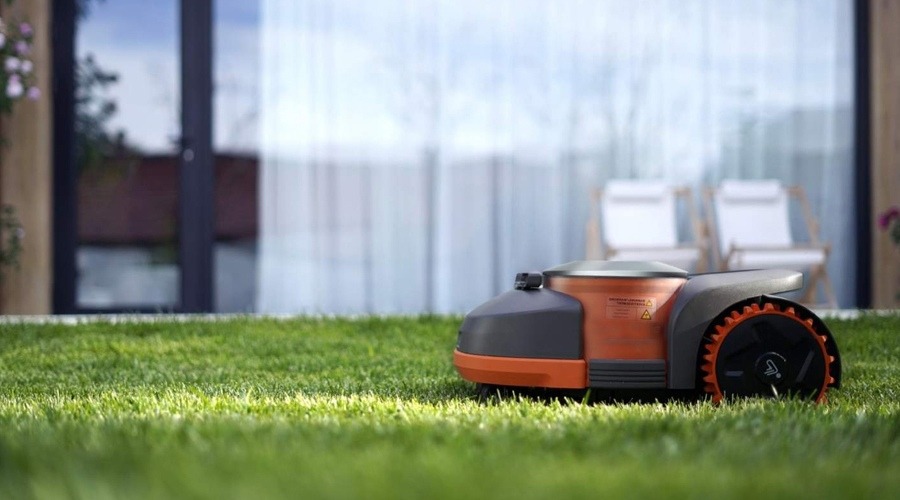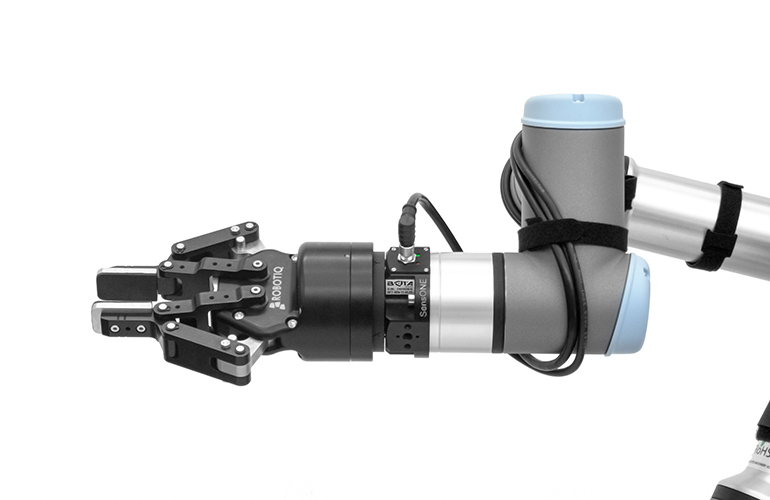Imagine a drone that can stop in mid-air with the agility of a flying squirrel. Researchers at POSTECH have developed a groundbreaking quadcopter equipped with extendable, flying-squirrel-inspired wings that allow for rapid deceleration and enhanced maneuverability.
In a field where even the most nimble quadcopters can struggle to halt their lateral momentum during high-speed maneuvers, researchers from South Korea’s Pohang University of Science and Technology (POSTECH) have introduced a novel solution inspired by nature. Developed by Dohyeon Lee, Jun-Gill Kang, and Soohee Han, the experimental drone is designed with a standard quadcopter layout—featuring a central electronics hub surrounded by four propeller-tipped arms. However, its real innovation lies in the integration of extendable silicone-membrane wings positioned between the front and rear arms on each side.
Bio-Inspired Design for Enhanced Maneuverability
Drawing inspiration from the gliding abilities of flying squirrels, these specially designed wings remain neatly folded during normal flight to maintain a streamlined profile. When the drone requires sudden deceleration or a rapid change in direction, servo-activated mechanisms deploy the wings via a four-bar linkage system. At the same moment, the drone dips its rear, enabling the extended wings to catch the airflow and generate significant aerodynamic drag. This efficient braking mechanism allows the aircraft to halt or hover almost instantaneously, glide gracefully for a soft landing, or pivot quickly to navigate complex obstacle courses.
The AI-Powered Thrust-Wing Coordination System
Taking a step further, POSTECH researchers have integrated an AI-based Thrust-Wing Coordination Control (TWCC) system into the drone. This advanced control algorithm synchronizes the actions of the quadcopter’s propellers and retractable wings, dramatically enhancing the vehicle’s agility and responsiveness. In computer-model simulations, the drone equipped with TWCC navigated challenging, forest-like obstacle courses with a success rate of 90.5%, far surpassing the performance of both wingless and fixed-wing alternatives. Such groundbreaking results highlight the potential for this technology to set new standards in aerial robotics.
Applications and Industry Impact
The versatile design and superior control offered by this flying-squirrel-inspired drone open up a multitude of opportunities across various sectors. In environments where precision is paramount—such as search and rescue operations, environmental monitoring, and infrastructure inspection—the ability to quickly decelerate and hover is a major advantage. This technology paves the way for innovations where you might one day hire a robot as an effective robot worker that excels in high-risk, dynamic tasks. Moreover, as industries increasingly incorporate robotic solutions, this breakthrough is set to generate new robots jobs and create entirely novel job for robot roles in automation and aerial management.
Imagine emergency response drones that can safely navigate chaotic environments or agricultural drones that can swiftly reposition to optimize crop monitoring. The potential applications are vast, and this new design marks a significant step toward the future of streamlined, intelligent robotics.
Conclusion
POSTECH’s flying-squirrel-inspired drone is a vivid example of how bio-inspired engineering and AI integration can revolutionize aerial navigation and control. By enabling rapid deceleration and precise maneuverability, this innovative design not only enhances the performance of quadcopters but also broadens the horizon for robotics applications. As we continue to push technological boundaries, the prospect of hiring a robot to serve as a steadfast, agile robot worker becomes ever more real—ushering in an era where new robots jobs emerge and the ideal job for a robot in dynamic, high-risk environments is within reach.
Stay tuned to JOBTOROB for more updates on cutting-edge robotics innovations that are transforming the future of work and automation.


















